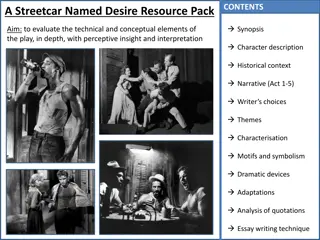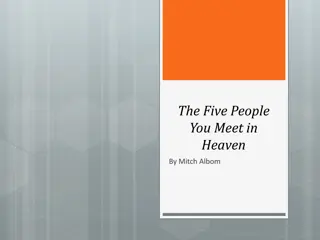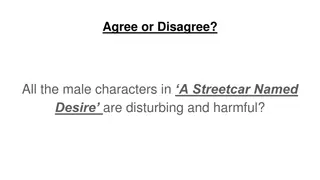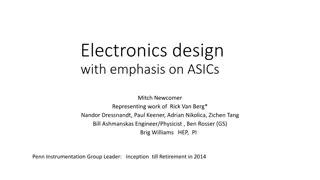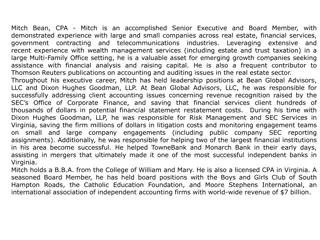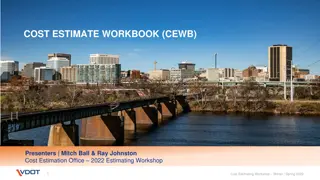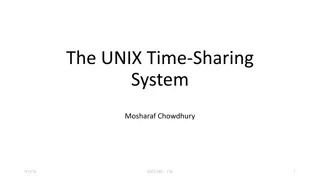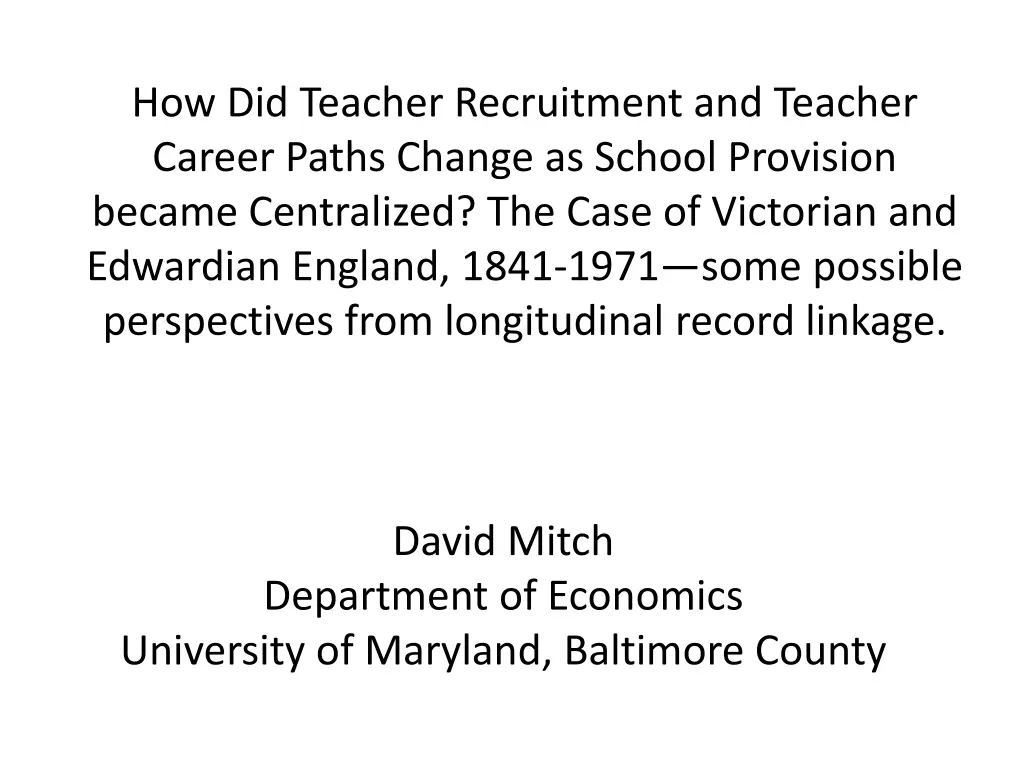
Evolution of Teacher Recruitment & Career Paths in Victorian & Edwardian England
Discover the transformation of teacher recruitment and career paths in Victorian and Edwardian England as school provision centralized. Explore changes in social origins, gender distribution, and impact on teaching workforce dynamics through historical data analysis.
Download Presentation

Please find below an Image/Link to download the presentation.
The content on the website is provided AS IS for your information and personal use only. It may not be sold, licensed, or shared on other websites without obtaining consent from the author. If you encounter any issues during the download, it is possible that the publisher has removed the file from their server.
You are allowed to download the files provided on this website for personal or commercial use, subject to the condition that they are used lawfully. All files are the property of their respective owners.
The content on the website is provided AS IS for your information and personal use only. It may not be sold, licensed, or shared on other websites without obtaining consent from the author.
E N D
Presentation Transcript
How Did Teacher Recruitment and Teacher Career Paths Change as School Provision became Centralized? The Case of Victorian and Edwardian England, 1841-1971 some possible perspectives from longitudinal record linkage. David Mitch Department of Economics University of Maryland, Baltimore County
Historical Context a)Period 1841 to 1911 saw the advent of centralized government funding and management of schools. Beginning in 1862, parliamentary funding to schools depended on examination results. b)this resulted in the establishment of centralized provision of teacher training colleges and procedures for teacher certification.
c)this also resulted in a substantial expansion of teaching occupations relative to the male and female labor force as a whole : Teachers, school masters, school mistresses as percentage of total male and female labor force in England and Wales 1841 to 1891 1841 1851 1861 1871 1881 1891 1901 1911 Male 0.5% 0.5% 0.67% 0.5% 0.66% 0.7% 0.58% 0.6% Female 2.0% 2.8% 3.0% 3.1% 3.9% 4.1% 4.1% 3.8%
Most teachers were female Percentage of teachers who were female 1841 1851 1861 1871 1881 1891 59.4% 70.5% 71.7% 73.4% 71.9% 71.1%
d)Census data for the end of the period indicate that most female teachers were unmarried: In the 1901 census, 92.3% of females in teaching related occupations were unmarried And in the 1911 census, 91.7 % were single, 6.3 % married, and 2% were widows.
Research questions to address with longitudinal data a. What were the social origins of teachers in the early Victorian period? Were teachers primarily recruited from those with skilled manual and lower middle class parents? b. Did the social origins of teachers change over the 19th century with the relative expansion of the teaching workforce? i)Did the expansion of the teaching workforce provide more opportunities for upward social mobility? ii)Alternatively, did rising standards for teacher certification decrease recruitment from those with working class parents
Research Questions (continued): c)What were the trends in teacher turnover and tenure with increasing centralized regulation of teacher certification and the implementation of funding and pay for performance policies? d)how did length of duration and spells of interruption in teaching, and occupational career patterns differ between males, single females and females who married? e)What changes occurred over time in the length of duration, spells of interruption and occupational career patters in teaching between 1841 and 1911?
Some perspectives from trends in age structure of the teaching workforce Percentage of various categories of teachers under the age of 25---the use of categories changes across censuses Male School master Male Teacher Female School Mistress Female School mistress married Female Teacher Female Governess 1851 1871 1881 1891 1901 21% 17.9% 48.8% 36.3% 28.8% 32.5% 60.1% 19.5% 21.7% 22.35% 53.3% 53.1% 53.7% Unmarried 39.4% 53.7% 42.1% 1.93%
Procedures for constructing longitudinal data bases of teachers between 1841 and 1911: 1.Use a)1851 and 1881 Census CDs from Family History Resource File b)ancestry.com, c)Findmypast.com to generate names of those with teaching related occupational key words (teacher, school mistress, school master) from the 1851 and 1881 census. 2.Enter Birmingham, Warwickshire, Norfolk locations---seems required to search on the occupational field. 2A: Issue of sampling strategy by location.: i)cluster sampling ii)construct samples from contrasting census districts rural/urban etc. iii)construct nationally representative sample? 3)link names of those listing teaching related occupations in 1851 and 1881 to earlier and later censuses (1841 through 1911) using ancestry.com and findmypast.com.
4)to construct career paths for women who married, employ marriage registers to identify females reporting a teaching related occupation at marriage. This identifies of occupation of father at marriage. Link the bride s maiden name to census records prior to marriage, using name of father as well. Link the bride s married name to subsequent census records.
A.1881 data base of about 70 Warwickshire teachers. Location (Parish) Mother's Occupation Father's Occupation Name Year Age Condition Occupation 1861 1881 7Goldington 28Warwick St Nicholas 37Brighton Unmarried Unmarried Scholar Teacher None Gentleman Agnes Hobson 1891 Unmarried Governess 1901 48Easingwood Unmarried Governess Tanner and Tithe Agent Tanner and Currier 1911 58Easingwood Unmarried None 1871 1881 9St Giles 18Aston Unmarried Unmarried Scholar School Mistress Governess None School Mistress None -- Coal Agent Alice E Schofield 1891 30Handsworth Unmarried Living on Own Means Teacher 1851 13Clayton Le Woods Unmarried Daily Attending School Teacher Teacher of Music Alice O'dwyer 1881 43Birmingham Unmarried 1891 53North Meols Unmarried Certificated Teacher School Teacher 1901 63Glossop Unmarried
Social origins of 1881 Warwickshire teachers Father s Occupational Category n % Teacher 3 4.20% Skilled 42 58.30% Agricultural Labourer 5 6.90% Commercial/Professional 22 30.50% Total 72
B.Data Base for Norfolk teachers, 1851 and 1881 i.social origins 1851 N = 52 Percent with fathers Agricultural Labourer School Master Farmer Commercial/Professional Skilled 17.35% 5.80% 9.60% 25% 42.40% Percent with mothers who were school mistresses 4/27 = 14.8%
Social origins Norfolk teachers 1881 Father s occupation: Surgeon School Mistress (3) Farm Steward Fund Holder Collier Man School Master Painter Railway Porter Waterman Cabinet Maker Porter Mother s occupation
ii.Tenure patterns of females who were teachers in Norfolk 1851: Occupational title in 1851 Teacher: Listing across Multiple census of a teaching occupation: 16 Single listing of a teaching occupation: 21 Occupational title in 1851 School Mistress: listing across multiple censuses of teaching related occupation: 24 Single listing of teaching occupation: 19 1881: Occupational title in 1881 School Mistress: Listing in multiple census of teaching related occupation: 12 Single listing of Teaching related occupation: 6

